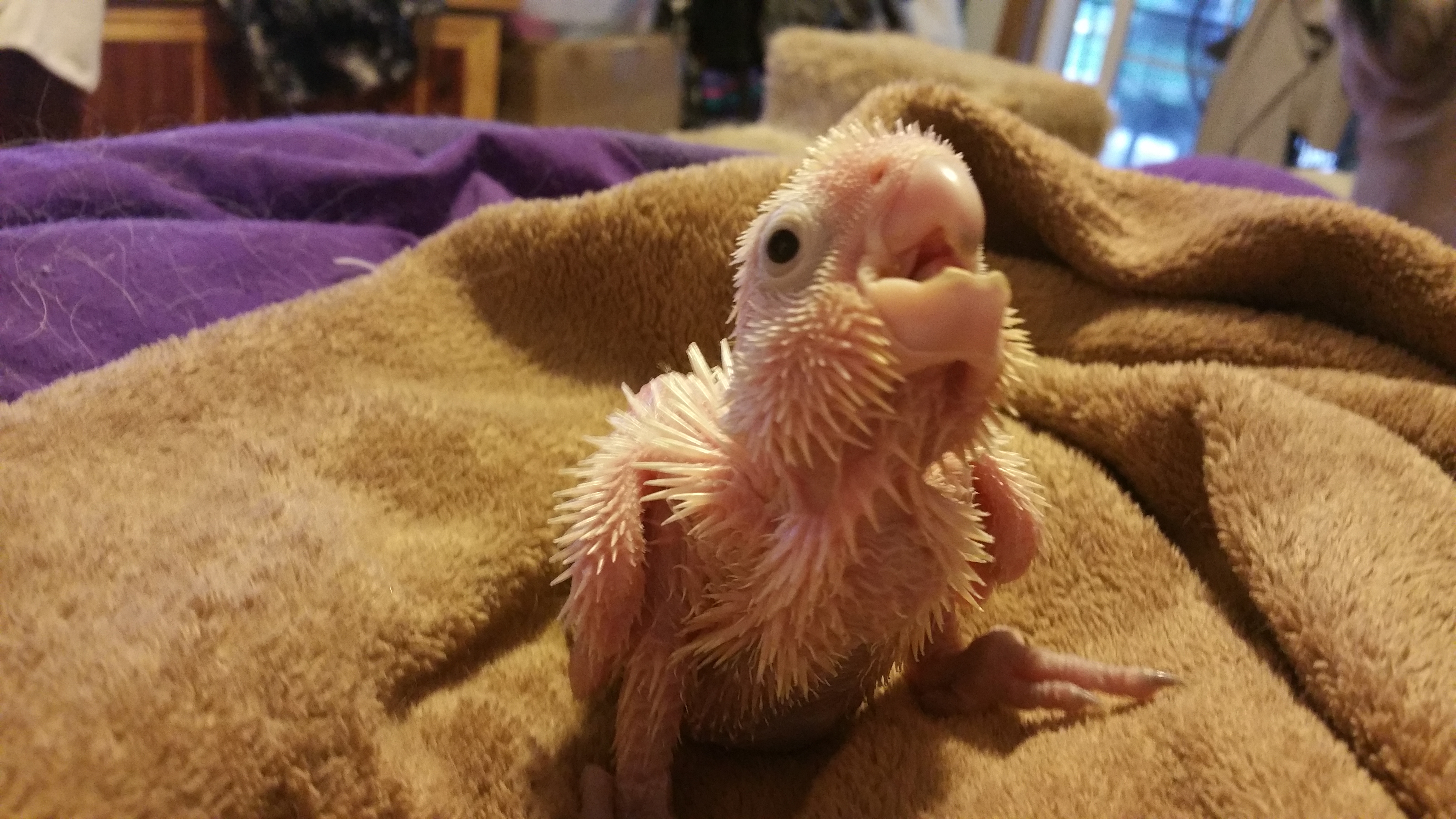

Large species like the Moluccan and Umbrella cockatoo need cages being 30 to 36 inches in depth, 48 inches in width, and 72 inches in height. Medium-sized varieties, including the Eleanor and Citron cockatoo, require housing with a depth of 29 inches, width of 46 inches, and height of 72 inches. Small-sized birds like the Bare Eyed or Goffin’s cockatoo need a cage with a depth of 24 to 26 inches, width of 36 to 38 inches, and height of 60 to 62 inches. When choosing a cage, always go for a durable one, which is easy to maintain and is either square or rectangular, as they provide greater scope for movement than round ones.

Hence they need a large cage, not just for physical comfort but also for mental satisfaction, so that they may entertain themselves by exploring and playing around. They also have curved heavy bills and a plumage of grey, black, and white, which is less colorful than the other parrot species.īaby Cockatoo Cockatoos as Pets Housing and Cage Requirements Cage SizeĬockatoos are renowned for their intelligence. They are characterized by a colorful crest, recursive (prominent even when not fanned), or recumbent (not seen unless it is fanned) that can be raised or brought down at the bird’s will. Eleonora Cockatoo (Medium Sulphur-crested Cockatoo)Ĭockatoos are generally bigger than parrots except for the cockatiel, considered the smallest among its group.Salmon-crested Cockatoo ( Moluccan Cockatoo).Be sure to include a cuttlefish bone (source of calcium for its bones) and a mineral block in its cage. You can also offer it orange juice or apple juice added to the water. Your baby cockatiel should always have access to fresh water. Occasionally you can give unsweetened cereal, such as millet, once a week. This food should be supplemented with vegetables (including green vegetables, highly recommended) and fresh fruits. Most specialists recommend special dietary pellets that will provide a balanced diet for your baby cockatiel. Feed Your Baby Cockatiel a Balanced Diet Image Credit: Simona Robová, Pixabay This excellent book covers everything from the history, color mutations, and anatomy of cockatiels to expert housing, feeding, breeding, and health care tips.Ħ. We highly recommend taking a closer look at The Ultimate Guide to Cockatiels, available on Amazon. If you’re new to the wonderful world of cockatiels, you’ll need a great resource to help your birds thrive. During their adjustment period, do not handle them but do the daily cleaning procedures and talk to them softly. However, babies who haven’t been socialized will need a couple of days to get used to their surroundings. If your cockatiel was hand-fed, it might only take a few hours. Give your bird some time to get used to when you bring him home for the first time.

Little by little, your bird will get closer to your hand and start to eat from the palm of your hand in no time. To do this, carefully open the small door of his cage and show the treat to entice your baby cockatiel to approach your hand. After doing this little trick for a few weeks, your cockatiel should be used to eating from your hand. Then, when your baby begins to move closer to you every time you sit by his cage, offer him small treats (usually the most popular is millet, followed by corn and sunflower seeds). Talk to it, sing, whistle to him every day. Sit near your baby cockatiel’s cage every day to get it used to your voice and presence. Get Your Baby Cockatiel Used to Your Presence Image Credit: Barbara Rost, Shutterstock Finally, make sure your bird is not exposed to drafts-this is extremely important!ģ. Your cockatiel also needs very good hygiene: bath him once a day minimum. That said, you should always make sure that it stays clean by changing the bowls and the bottom of the cage every day. The cage of your baby cockatiel should be cleaned once a week. If your bird does not have a companion of its kind, put the cage where most of your family’s life takes place: it is crucial for these friendly and affectionate little birds to feel close to you.Įquip the cage with several perches (natural branches will do just fine), lots of toys (bells, swings), bowls for food and water, and cuttlefish bones for calcium. If you plan to adopt a single baby cockatiel, you can put it in a spacious stainless-steel cage of at least 25 inches high x 20 inches wide and 15 inches deep.


 0 kommentar(er)
0 kommentar(er)
